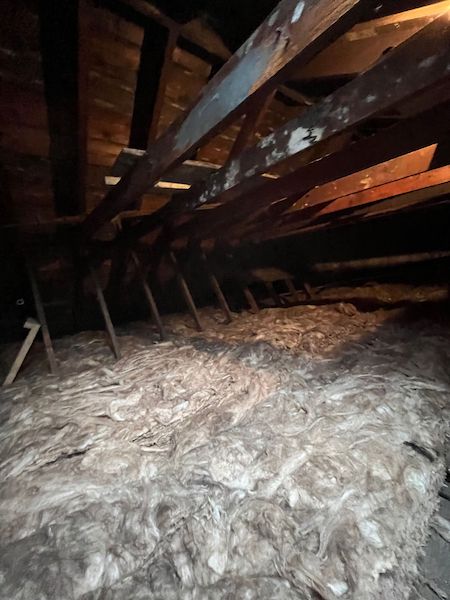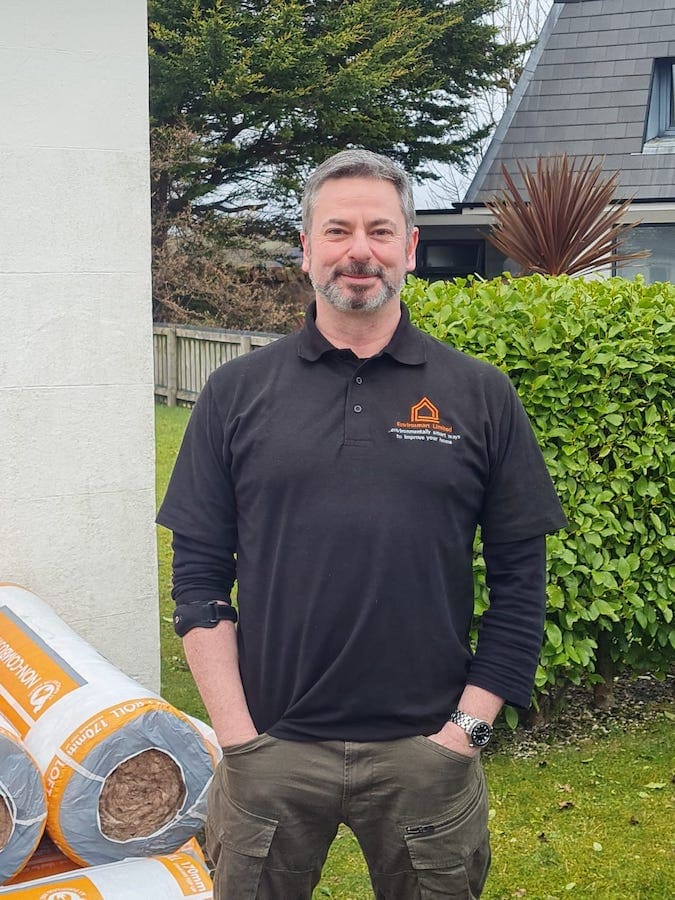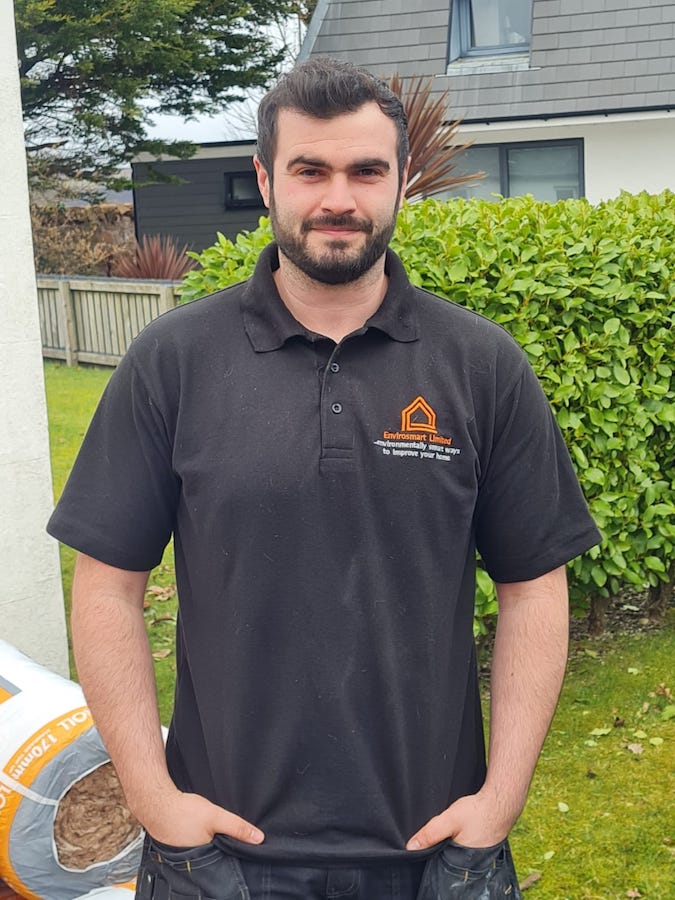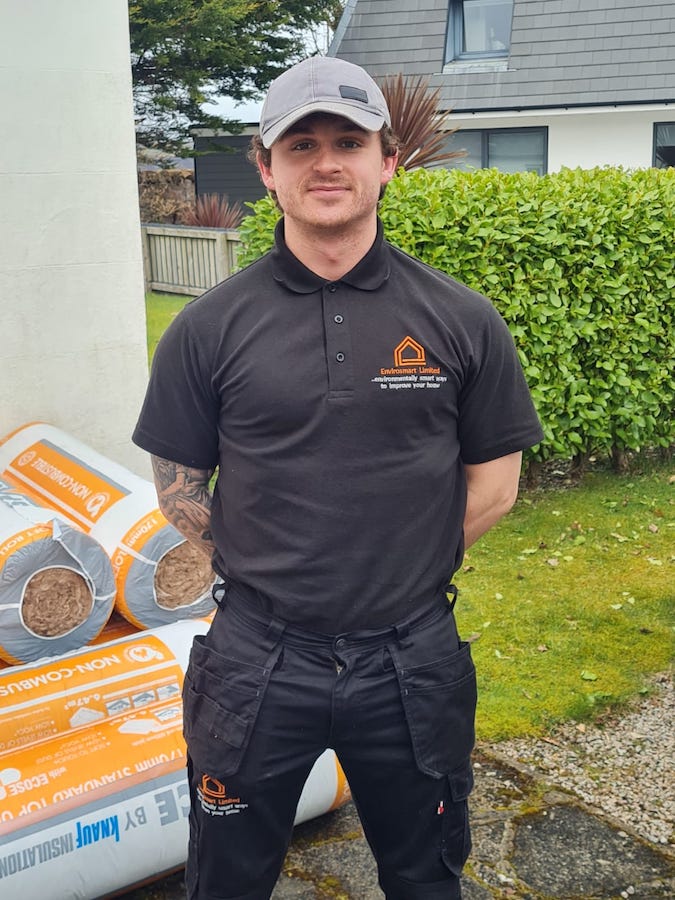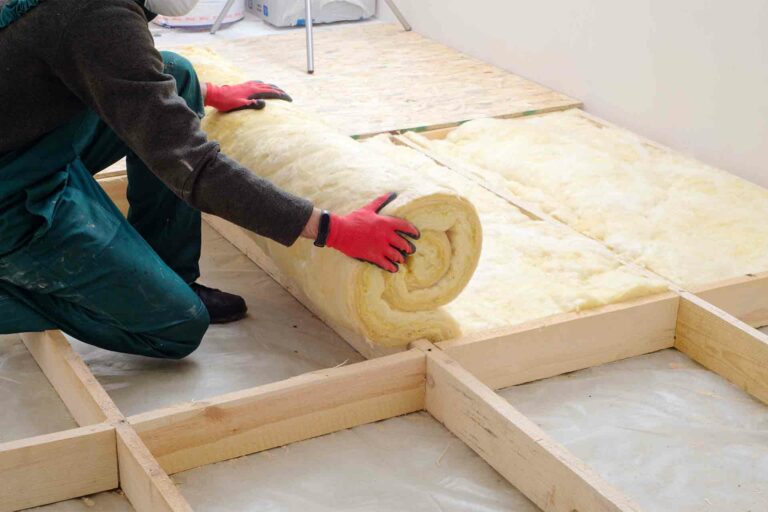HOME INSULATION SERVICE IN SCOTLAND
Envirosmart Ltd - sustainable underfloor insulation in Dundee
We are underfloor insulation and renewable energy experts that only use the best environmentally friendly materials with all of the installations conduct. Our approved installers have vast experience with all aspects of home energy efficiency programmes as advised by the Energy Savings Trust.
Loft, Roof, Wall & Underfloor Insulation
We specialise in:
- – Therma fleece, sheeps wool insulation.
- – Knauf Earthwool and Rockwool insulation.
- – SuperQuilt multifoil insulation.
PIR Insulation Boards
A grade insulation, thin, light, durable, stable, humidity proof, pressure resistant and compliant in building regulations.






